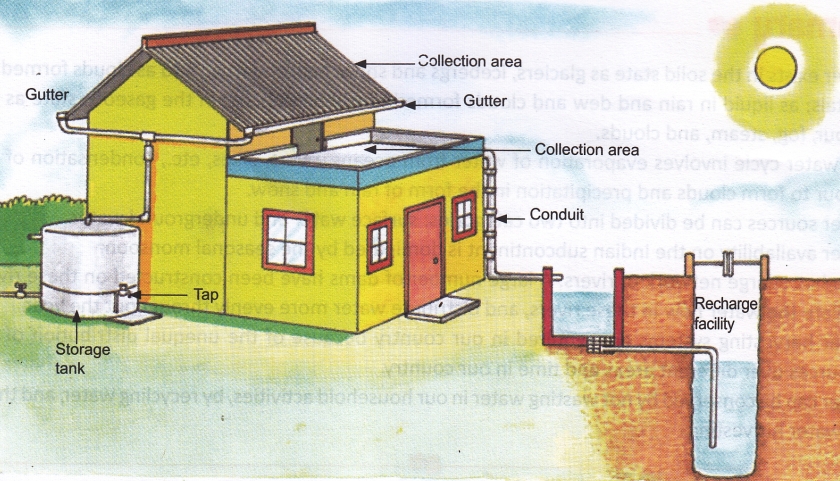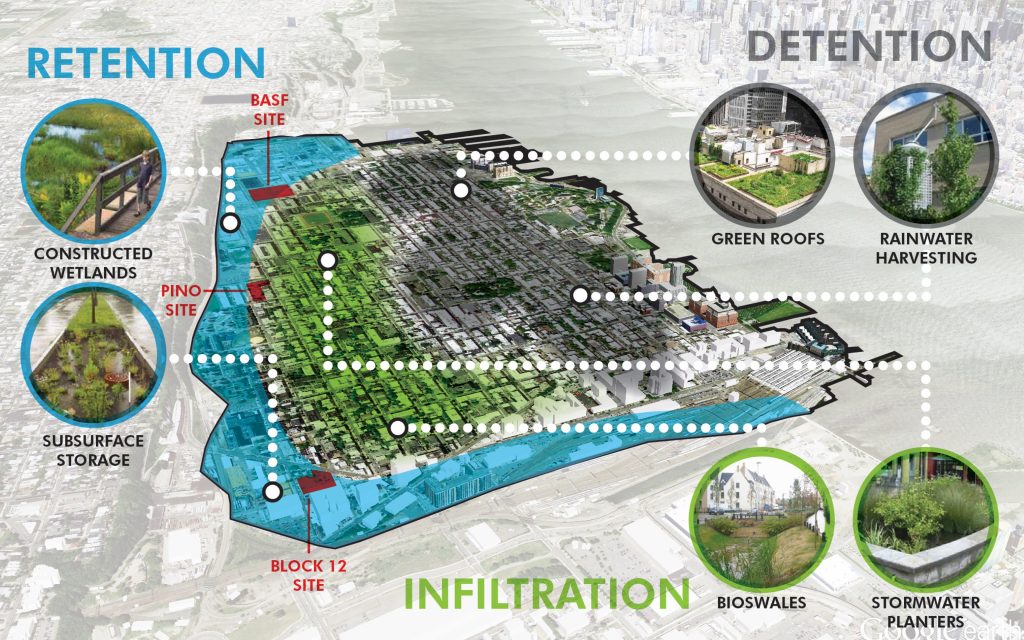RAINWATER HARVESTING

WHAT IS RAINWATER HARVESTING?
Rain water harvesting (RWH) is a technique of collection and storage of rainwater into natural reservoirs or tanks, or the infiltration of surface water into subsurface aquifers (before it is lost as surface runoff). One method of rainwater harvesting is rooftop harvesting. With rooftop harvesting, most any surface — tiles, metal sheets, plastics, but not grass or palm leaf — can be used to intercept the flow of rainwater and provide a household with high-quality drinking water and year-round storage.
Rainwater harvesting is an innovative alternative water supply approach anyone can use. RWH captures, diverts, and stores rainwater for later use.
Implementing rainwater harvesting is beneficial because it reduces demand on existing water supply, and reduces run-off, erosion, and contamination of surface water.
Rainwater can be used for nearly any purpose that requires water. These include stormwater control, rain gardens, landscape use, in-home use, agricultural use, industrial use and fire protection etc.
Why rainwater harvesting?
In areas where water supply is problematic or water resources are scarce, rain harvesting is a good solution. It reduces the dependency on groundwater for uses such as landscaping, toilet flushing, laundry etc, easing the pressure on well, bore hole, public water systems; and reduces stormwater runoff peak flow and volume.
Rainwater harvesting can provide clean water-supply for a small community. Especially when pipelines are too expensive to set up and one central well or pump cannot be used all around the year, a rainwater catchment system is a workable solution. By collecting and using rainwater, you can also be assured that you have some of the cleanest, healthiest water available, as it will not have been treated with chemicals as the water that comes from your taps will have been.
Some advantages of rain harvesting:
- Easily accessible
- Set-up costs are low, with easy construction and low-cost materials
- Easy maintenance at household level
- Sustainability is higher
- Easily adaptable to different types of communities
- Promotes both water and energy conservation
- Reduce erosion and flooding
Rainwater harvesting Components
All rainwater harvesting systems (RWHS) have basics components, which include a catchment/collection surface, conveyance system, storage, distribution, and treatment. A RWHS can range in size and complexity. For more information on each, please see the menu on the right titled “RWH Components.”
RWH COMPONENTS
- Catchment/Collection Surface
- Conveyance System
- Storage
- Distribution
- Treatment

